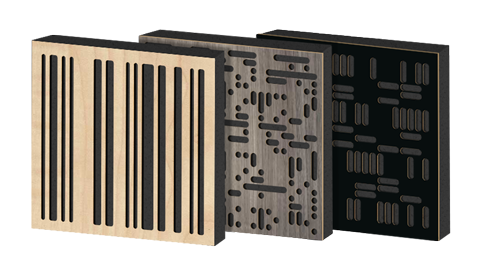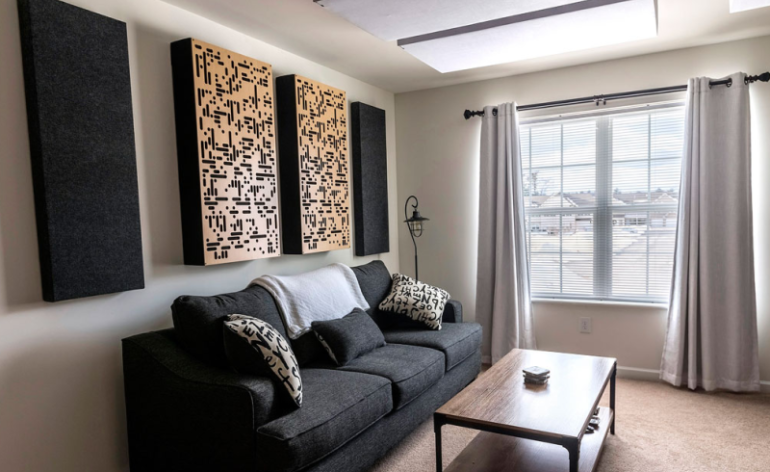Do You Need Diffusion in Your Home Theater?
When talking about room acoustics, people often worry about too much. Specifically, too much absorption. Plus, as they look at various recommendations or retailers, they’ll see some suggestions and products called diffusers. Surely these must have a place in the industry? People keep talking about them and manufacturers are selling them. But do you need diffusion in your home theater?
What Diffusors Do
We’ve talked about room acoustics a lot and have covered diffusers more than once. Just to be clear, what they do is provide a non-uniform surface for sound to bounce off of. When sound hits a flat surface, it all bounces in the same direction. With a non-uniform surface, that sound is reflected in many different directions. Using math, a diffusor can be created so that it is deflecting the sound in as many different directions as possible. The idea is to weaken reflections so that they aren’t interacting with each other so much.
The problem is that diffusers only work at very high frequencies. The lower frequencies, the bass, pretty much ignore diffusers. This is why most of the suggestions start with absorbers and not diffusers. Absorbers absorb (naturally) the sound. They also work over a much wider range of frequencies. The thicker the absorber, the lower bass it will affect. Not so the case with diffusers.
So Do You Need Diffusion in your Home Theater?
Probably not. What you need is absorption. The rule of thumb is that you should have 30% of the surface area of your home theater treated with absorption. Once you hit that number, you could potentially start to think about adding diffusion. Most rooms don’t get anywhere near that 30% number. Even if you consider a carpeted floor absorption (it isn’t doing as much as you think), the handful of panels you placed on your walls isn’t making up the difference.

The one exception is some of the newer combination panels that have been released. Places like GiK Acoustics have started offering absorption panels with a decorative diffusion plate cover. The bass waves will ignore the diffusion plate and the treble will be both absorbed and scattered (depending on where it hits on the panel). The most sonic benefits will be realized from the absorption, but the diffusion plate on the front will do something and look good doing it. These cost a premium but think of it as an aesthetic choice rather than one that will give you any real sonic benefits.
Conclusion
Do you need diffusion in your home theater? Not likely. Adding absorption to your dedicated home theater or cinema area will make the most difference sonically. Most people never get to the point where they’ve added so much absorption that they need to start thinking about diffusion. But if you like the looks of the combination panels that do both, you could add a few to break up all the solid panels on your walls. It will look good and the absorption will give you great sonic benefits.


